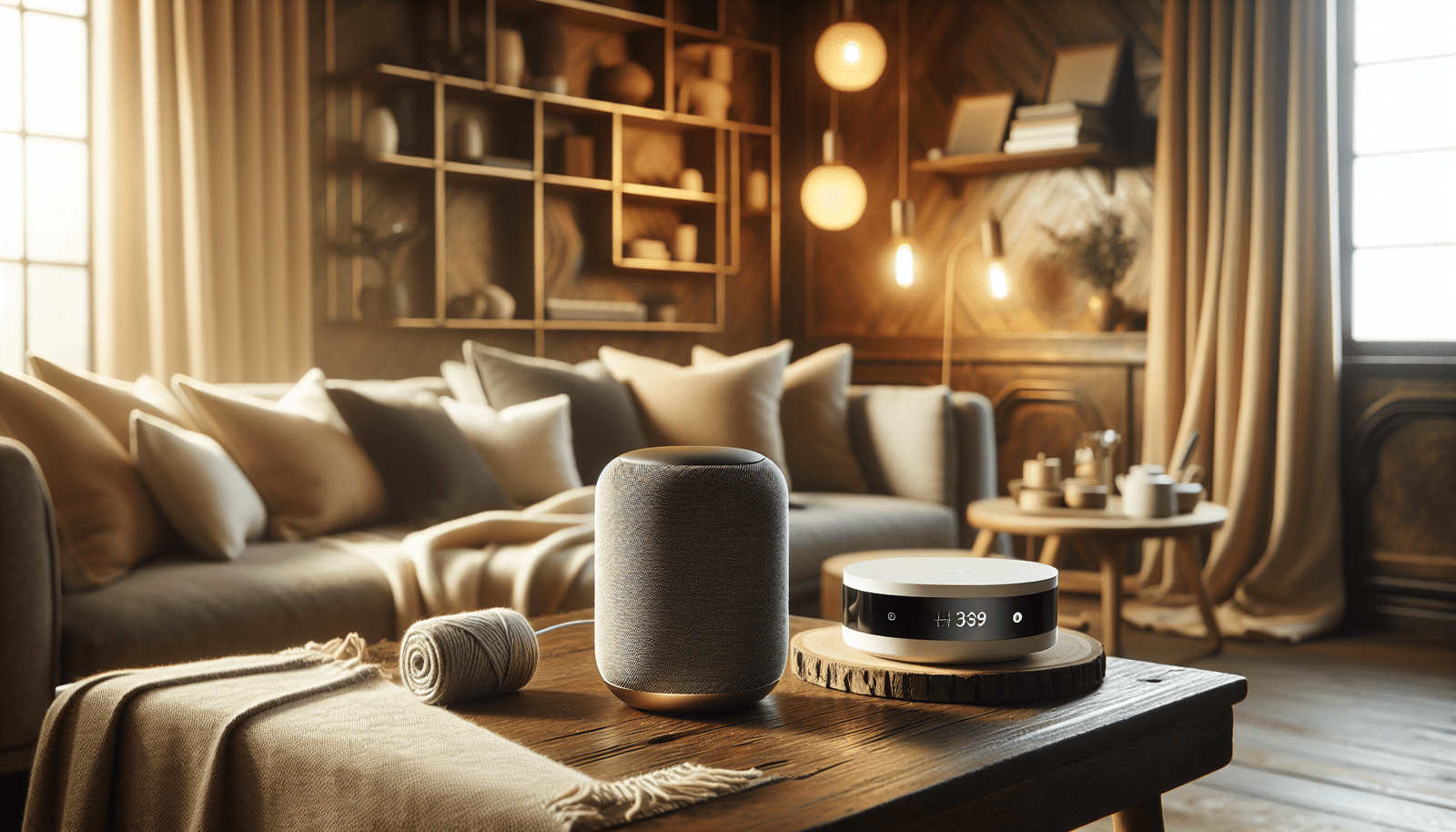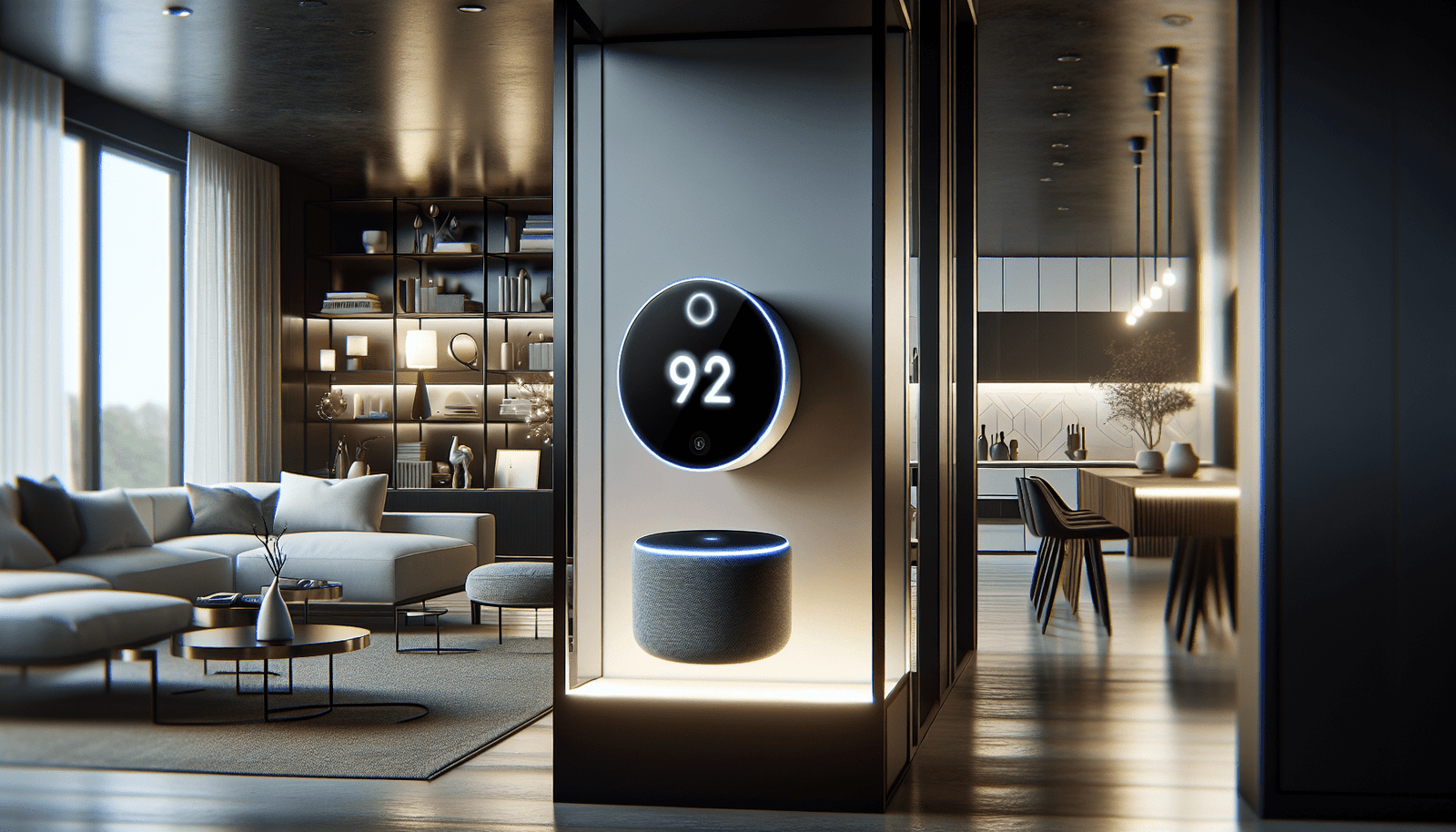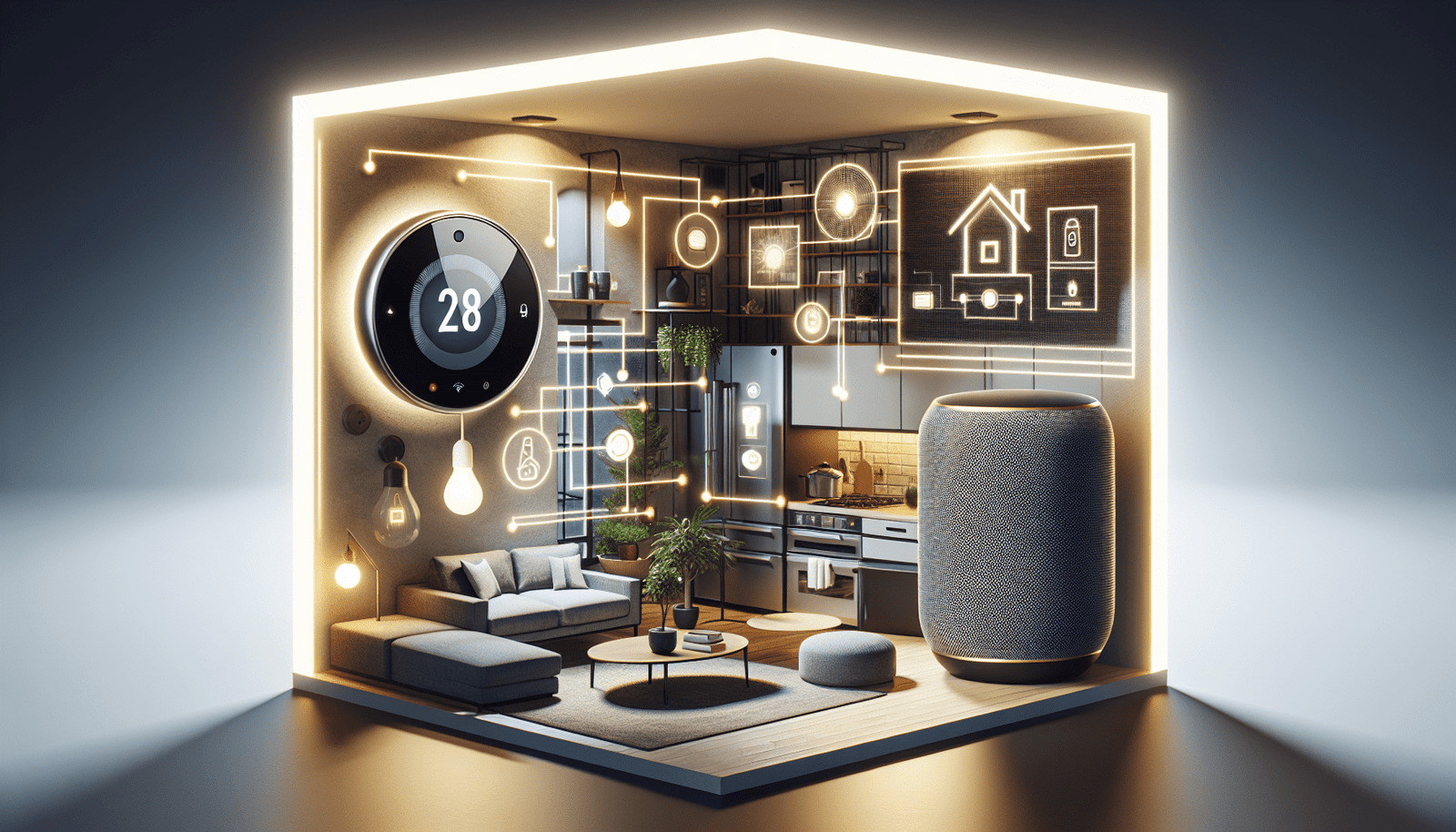Have you ever wondered how transforming your ordinary bulbs into smart bulbs could enhance your home lighting experience?
Transforming your existing lighting setup by converting standard bulbs into smart bulbs opens up a world of possibilities, enabling you to control lighting remotely, create custom lighting schedules, and integrate with home automation systems. As the technology advances, more homeowners are drawn to the myriad benefits of smart lighting. This article aims to guide you through the intricacies of smart bulb conversion, providing all necessary insights to make informed decisions. Whether you are a tech enthusiast, a homeowner seeking energy efficiency, or someone curious about the latest in home automation, this guide is for you.

Understanding Smart Bulbs: Functionality and Features
Before converting your current lighting setup, it’s vital to understand how smart bulbs operate. Unlike traditional bulbs, smart bulbs are designed to connect with your home network via Wi-Fi, Bluetooth, or protocols like Zigbee. This connectivity allows for numerous features, including remote access, scheduling, dimming, and color-changing capabilities.
Connectivity and Control
Smart bulbs can typically be controlled via smartphone apps, offering the convenience of managing your lighting from anywhere. This control extends beyond simple on/off functionality, allowing for precise adjustments to brightness and color – features unavailable in standard bulbs. Advanced models often integrate with voice assistants such as Alexa, Google Assistant, or Apple HomeKit, providing a hands-free experience.
Dimming and Color-Changing
One of the most appealing features of smart bulbs is their dimming capability, which enables you to create the perfect ambiance for any occasion. Moreover, RGB-enabled smart bulbs offer millions of color options, letting you customize the lighting atmosphere to suit your mood or decor.
Conversion Process: Installation and Compatibility
Understanding how to convert normal bulbs to smart bulbs involves considering compatibility and installation. Fortunately, most smart bulbs are designed to fit standard light fixtures, making them a user-friendly option for upgrades.
Step-by-Step Installation Guide
-
Identify Compatible Fixtures: Ensure your current fixtures are compatible with smart bulbs. Most typical sockets, such as E26 or E27, support smart bulbs.
-
Select the Right Smart Bulb: Choose a bulb that meets your connectivity requirements, whether Wi-Fi, Bluetooth, or Zigbee. Consider the functionality, such as dimming or color-changing features, when making your selection.
-
Replace the Old Bulb: Once you’ve selected your smart bulb, remove the existing bulb and screw in the smart bulb. Ensure it is tightly secured to avoid any connectivity issues.
-
Install the App: Download the manufacturer’s app on your smartphone. This app will help you complete the setup and begin controlling your new smart bulb.
-
Connect to Network: Follow the app’s instructions to connect your bulb to the Wi-Fi network or your chosen connectivity protocol. This often involves entering your network password and waiting for the bulb to pair with your device.
Compatibility Considerations
Even though many smart bulbs are designed to be compatible with standard fixtures, you may still want to check for compatibility with other smart home devices or systems. Some smart bulbs require a hub to function correctly, particularly those operating through Zigbee. These hubs facilitate communication, enabling integration with larger home automation systems.
Evaluating Energy Efficiency and Costs
A significant motivation behind switching to smart bulbs is the promise of energy efficiency and cost savings. However, it is essential to understand the nuances of this claim.
Power Consumption and Savings
Smart bulbs, often equipped with LED technology, are inherently more energy-efficient than traditional incandescent bulbs. LEDs consume a fraction of the electricity, translating to long-term savings on electricity bills. Moreover, the ability to schedule and automate lighting ensures lights are only used when needed, further reducing consumption.
Comparing Costs: Initial Investment vs. Long-Term Savings
The initial cost of smart bulbs can be higher than standard bulbs, but the energy efficiency and extended lifespan often justify the expense. A comprehensive comparison involves looking at energy savings over time, potential reductions in electricity bills, and added conveniences, such as remote control and automation.
Integration with Home Automation and Voice Assistants
Incorporating smart lighting into your home automation system can bring your home into the 21st century. Smart bulbs offer extensive compatibility with popular voice assistants and automation ecosystems, enhancing their functionality further.
Voice Commands and Automation
Integrating smart bulbs with platforms like Alexa, Google Assistant, or Apple HomeKit allows you to control your lighting using simple voice commands. This feature is particularly beneficial for those seeking ease of use and seamless interaction with technology. Additionally, integrating with home automation systems lets you sync lighting with other smart devices, providing an interconnected home environment.
Creating Automation Schedules
Using your smart lighting app, you can set schedules that automatically turn lights on or off at specific times, replicating routines, or simulating presence in the home as a security measure. This level of automation goes beyond convenience, offering energy-saving benefits and peace of mind.

Addressing Drawbacks and Limitations
While smart bulbs offer multiple advantages, they are not without potential drawbacks. Before making the switch, it’s crucial to consider these limitations.
Connectivity Issues and Wi-Fi Dependency
Smart bulbs often rely on a stable internet connection, and any disruption can affect their functionality. This reliance means that Wi-Fi interference or outages can lead to lag or disconnection, temporarily hampering remote control capabilities.
Security Concerns
As with any internet-connected device, smart bulbs come with potential security risks. Without proper measures, these devices can become vulnerable entry points for cyber intrusions. It’s advisable to keep your network secure, update devices regularly, and employ security best practices.
Troubleshooting and Best Practices
Despite their advanced technology, you might occasionally encounter issues with your smart lighting systems. Common problems include connectivity issues, power failures, or difficulties in bulb recognition.
Solving Connectivity Issues
-
Reboot the Device: Often, simply turning the smart bulb off and on can resolve minor connection issues.
-
Check Network Settings: Ensure your Wi-Fi network is operational and your smart bulb is within range. Interference from other devices can occasionally cause problems.
-
Reinstall the App: Uninstalling and reinstalling the app can reset settings that might have caused the issue.
Addressing Power or Recognition Failures
If the smart bulb fails to power on or be recognized by the app, ensure that it’s screwed in properly and that your fixture has power. Double-check all connections and, if necessary, consider resetting the bulb following the manufacturer’s guide.
Exploring Smart Lighting Ecosystems
To fully experience the potential of smart bulbs, understanding their placement within the broader smart lighting ecosystem is beneficial.
Interaction with Smart Switches and Dimmers
Smart bulbs can often be used alongside smart switches or dimmers. This compatibility ensures you maintain manual control over your lighting in addition to automation, adding a layer of flexibility and convenience.
The Role of Lighting Hubs
For systems using non-Wi-Fi protocols like Zigbee, a smart lighting hub can centralize control and facilitate intercommunication between devices. These hubs are crucial for creating a seamless home automation experience.
Outdoor and Specialty Uses of Smart Bulbs
Beyond indoor illumination, smart lighting solutions extend outdoors, offering security and ambiance in garden or patio spaces.
Weather Resistance and Outdoor Suitability
Many smart bulbs are designed for outdoor use, with features like weather resistance ensuring functionality in diverse conditions. These bulbs are perfect for gardens, porches, or driveways, providing not just lighting but enhanced security.
Specialty Applications
Smart lighting can be used in unique scenarios, such as party or event lighting, to create vibrant, dynamic environments through programmable lighting effects. Additionally, security lighting can be automated to react to motion, adding an extra layer of safety around your home.
Future Trends in Smart Lighting Technology
Smart lighting technology continues to evolve, promising new features and capabilities that transform how we interact with our environments.
Emerging Technologies and Developments
The integration of AI and machine learning into smart lighting systems is on the horizon, potentially enabling lights that adapt dynamically to your daily patterns and preferences. Additionally, as IoT devices become more interconnected, expect innovative solutions that further enhance the user experience.
Sustainability and Smart Lighting
Future designs will likely focus on sustainability, with an emphasis on lifespan, energy consumption, and ecological impact. The adoption of greener practices and materials will play a pivotal role in the development of smart bulbs.
In conclusion, the transition from ordinary bulbs to smart bulbs represents more than a technological upgrade; it reflects an investment in convenience, sustainability, and home security. By equipping yourself with the knowledge provided in this guide, you can confidently embark on your journey towards a more intelligent, responsive home.
Disclosure: As an Amazon Associate, I earn from qualifying purchases.





